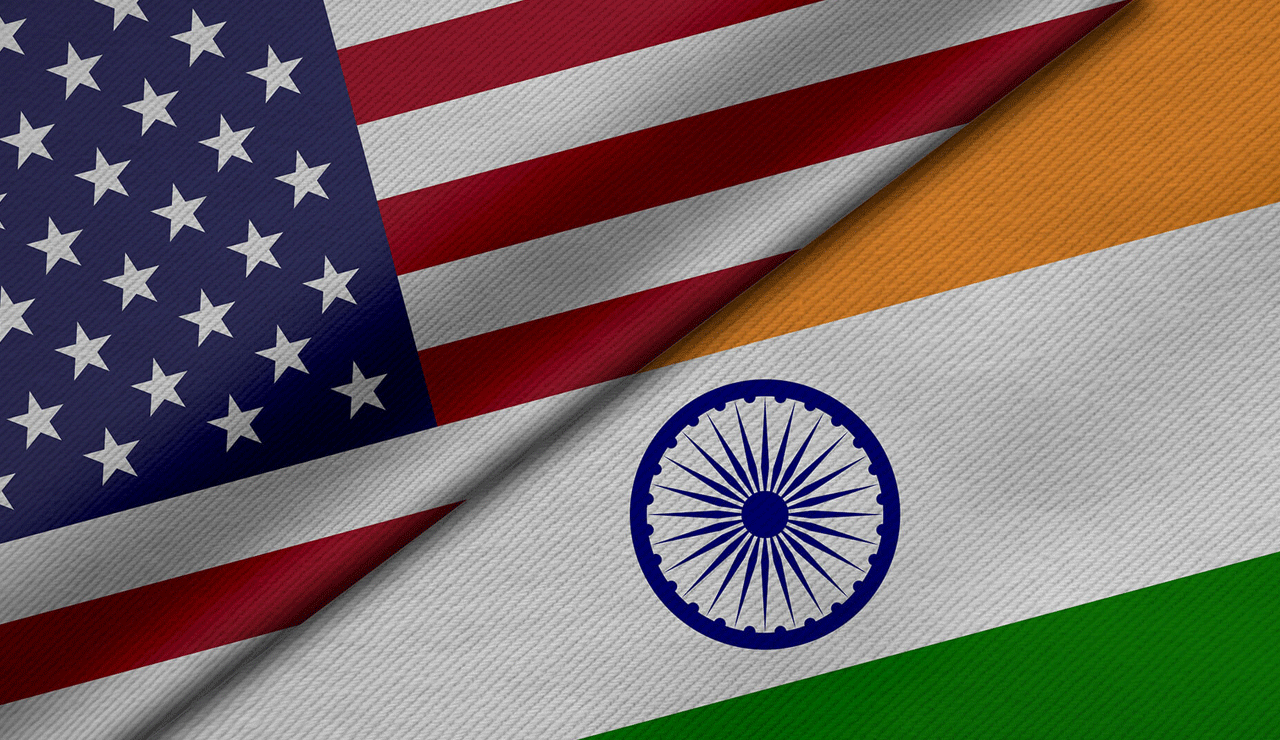US Imposes 26% Tariffs on Indian Goods: What This Means for India’s Trade
India's Commerce and Finance Ministries have been closely monitoring the impact of new retaliatory tariffs imposed by the United States. The move comes after US President Donald Trump’s announcement of significant tariffs on a variety of imports, including a 26% levy on Indian products.

India’s Commerce and Finance Ministries have been closely monitoring the impact of new retaliatory tariffs imposed by the United States. The move comes after US President Donald Trump’s announcement of significant tariffs on a variety of imports, including a 26% levy on Indian products. The two ministries are working together, consulting with domestic industries, exporters, and stakeholders to evaluate the consequences of these tariffs and explore new trade opportunities.
Table of Contents
India-US Trade Talks and Potential Bilateral Agreement
The Commerce Ministry has stated that India is in discussions with the US to develop a mutually beneficial, multi-sectoral Bilateral Trade Agreement (BTA). While assessing the impact of the new tariffs, the Ministry has also emphasized India’s commitment to strengthening the Comprehensive International Strategic Partnership Agreement with the US.
India’s engagement with the US aims to ensure long-term trade stability while addressing challenges arising from the imposition of these tariffs.
The US Retaliatory Tariffs: What You Need to Know
In his tariff announcement, US President Donald Trump declared a significant set of import duties on foreign products. Among the countries affected, India faces a 26% tariff on several of its exports. However, imports from India related to pharmaceuticals, semiconductors, and energy products were exempted from these tariffs.
In addition to the tariffs on Indian products, the US also imposed tariffs on imports from other countries:
- Vietnam: 46%
- China: 34%
- European Union: 20%
- Switzerland: 31%
- Taiwan: 32%
- Japan: 24%
- United Kingdom: 10%
Additionally, a 25% duty has been imposed on automobiles from all countries.
What India is Doing to Address the Situation
Minister of State for Finance, Pankaj Chaudhary, during a recent event in New Delhi, expressed India’s stance on the matter. He emphasized that while President Trump has made America his first priority, Indian Prime Minister Modi is committed to ensuring that India’s interests are safeguarded. India continues to assess the full impact of these tariffs and is working toward forging stronger trade relations with the US.
Also Read: Stray Dog Attacks Deer on University of Hyderabad Campus, Students Rush to Rescue
Next Steps for India
The Indian government remains focused on identifying new trade opportunities that could arise from the US’s shifting trade policies. Both the Commerce and Finance Ministries are actively engaging with stakeholders, conducting assessments, and looking for ways to mitigate the negative impact on Indian industries.
The situation is evolving and further talks between the two countries will play a critical role in shaping the future of India-US trade relations.
India is taking proactive steps to address the repercussions of the US’s retaliatory tariffs while exploring new opportunities for trade growth. As the two nations work on an early agreement for a mutually beneficial trade deal, the focus remains on strengthening the strategic partnership between the US and India.
